Yoga Balance for the Spine: What’s the Best Counterpose for Backbends
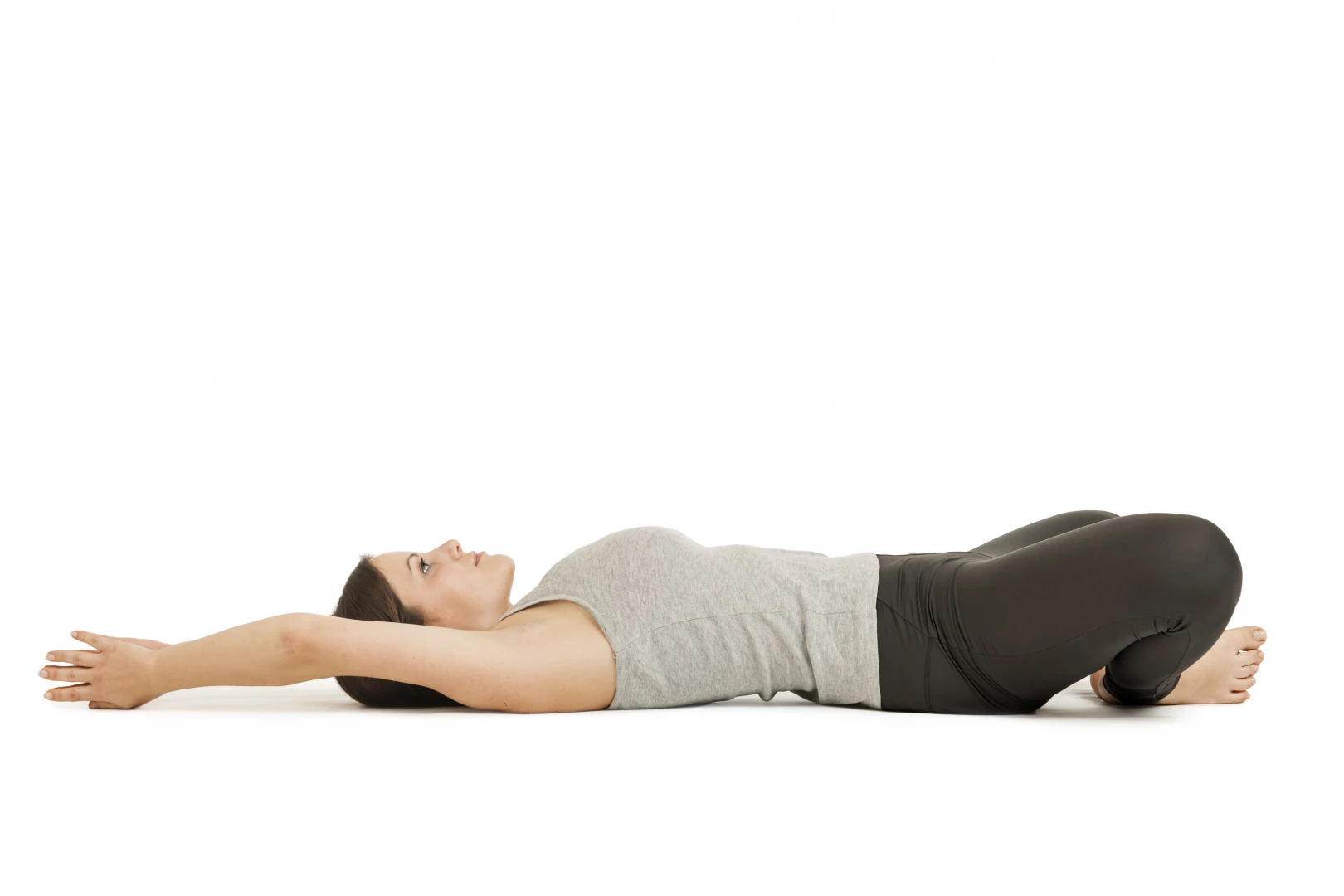
A yoga teacher recently messaged me, saying, “I had someone tell me that I was wrong to put my students in Reclined Bound Angle Pose (Supta Baddha Konasana) after backbending and that I should be putting them in ‘knees to chest.’ I’m curious as to what a chiropractor thinks about backbends and what counterposes are good for the spine.”
Supta Baddha Konasana vs. Knees-to-Chest Poses
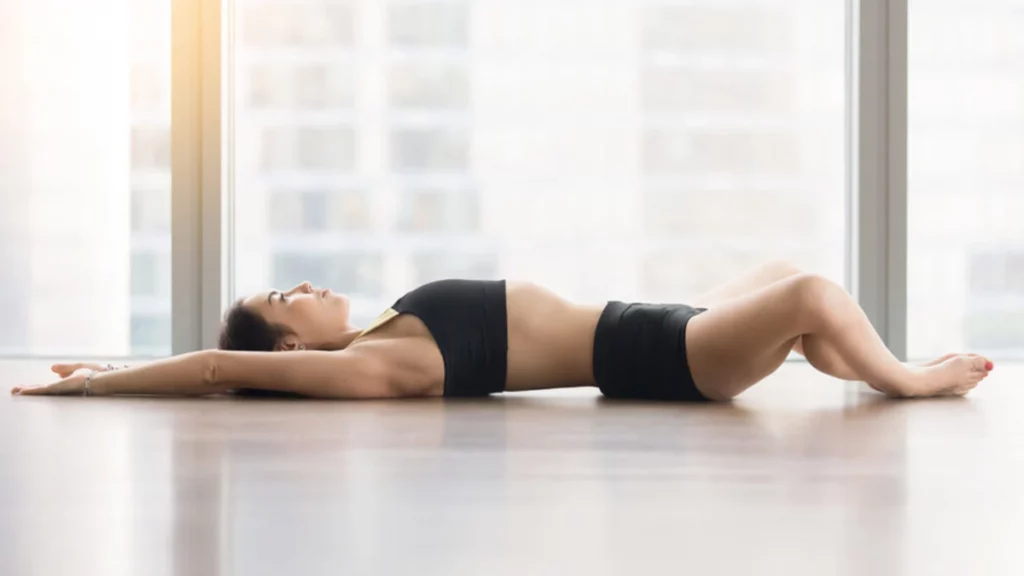
To answer the question, I wouldn’t say that it would be wrong to use Supta Baddha Konasana after a backbend. It feels great! Supta Baddha Konasana feels good because it puts a little slack in the psoas muscles, which can pull your low back into extension if they are tight.
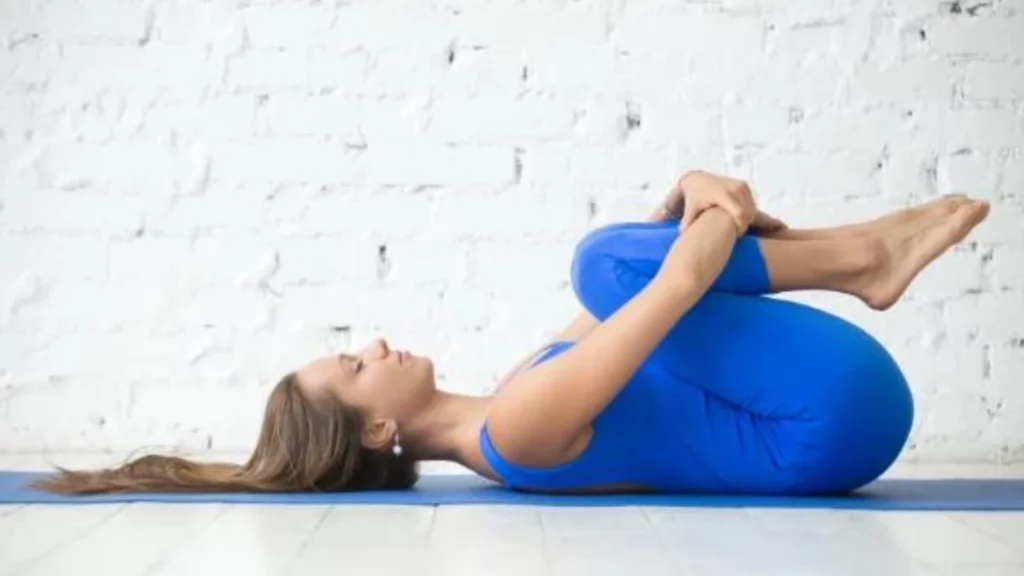
Putting your knees to your chest (flexion) is the opposite motion of a backbend (extension), but you don‘t necessarily need to use the complete opposite motion to counter a pose. Again, a supine knees-to-chest position works, but I wouldn’t consider it a must.
Easy Counterpose for Backbends
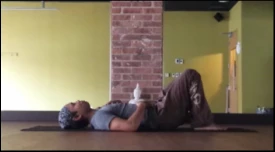
What we are really trying to do in a counter pose is to relax the muscles that you have just been working hard. Using the opposite motion usually does the trick by stretching those muscles, but simply restoring good breathing and spinal alignment (which both activate your core muscles) is very effective in relaxing the low back muscles that work hard in backbends.
Since most people really do way too much low back flexion already (i.e. sitting!), I often just put people in a position that allows for a neutral spine with  abdominal breathing to counter a backbend. Just lying supine with knees bent usually works well for this. You can also bend one knee and straighten the other. This should help keep the pelvis neutral and ensure a more neutral lumbar spine.
abdominal breathing to counter a backbend. Just lying supine with knees bent usually works well for this. You can also bend one knee and straighten the other. This should help keep the pelvis neutral and ensure a more neutral lumbar spine.
Remember the pelvis and lumbar spine are intimately connected because of lumbopelvic rhythm, so neutral pelvis, neutral low back. Give this easy counter a try, and see how it feels!
Also, read...
Teaching Svadhyaya: 3 Ways to Encourage Self-Study in Yoga
In Celebration of Gray-Haired Yoga – Busting the Myth of the Yoga Body
Related courses
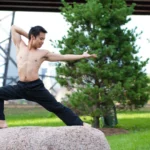
Dr. Nolan Lee is a yoga teacher and physical rehab specialist in Chicago, IL, with an extraordinary passion for understanding how the body moves and functions. Nolan has the unique ability to blend the science of anatomy with the art of yoga. With an active practice at this clinic, Balanced Flow Wellness, he practically applies yoga to restore and maintain health. Dr. Lee also holds a Master of Acupuncture degree and is a NASM-certified corrective exercise specialist (CES). He enthusiastically shares his knowledge of yoga and anatomy in lectures, workshops, and on his blog.



